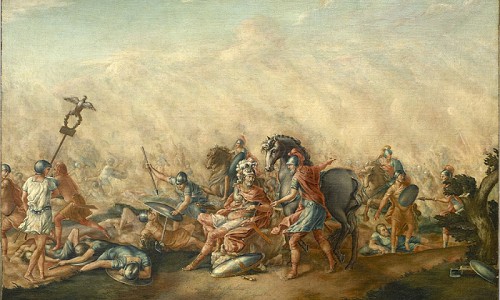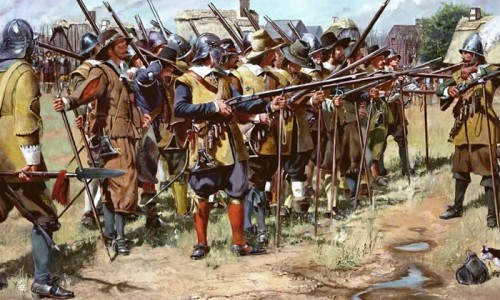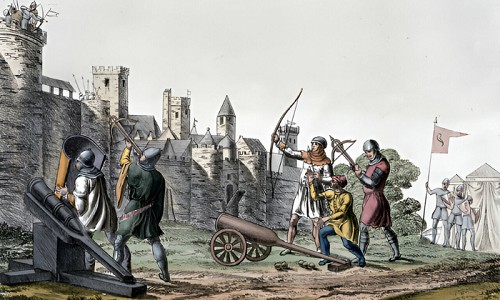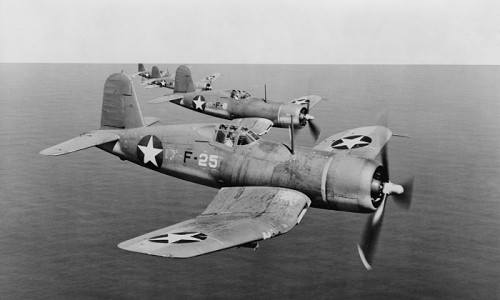Military strategies involve a nation’s entire military capabilities and how to use them to achieve victory in warfare. Strategies are important because their scope is broader than troop organization on the battlefield, and it can be said that strategies inform tactics.
Generally speaking, military strategies have evolved to make use of modern technology, such as more powerful weaponry and faster communication methods.
Air power, cyber warfare, and public opinion are some of the new domains that modern strategies need to account for.
Continue reading for a discussion on: “how did military strategy change?”
Table of Contents
How Has Military Strategy Changed Over Time?
Below is a description of basic military strategies across different historical periods, from ancient times to modern days.
1. Ancient Times or Antiquity

Military strategies of this time include:
- Battle of annihilation – destroying the enemy in one pivotal fight (such as the battle of Cannae)
- Exhaustion – eroding the will to fight or the resources of the enemy.
- Attrition – gradually reducing the opponent’s strength through loss of personnel, materials, or morale; may involve scorched earth and guerilla warfare.
- Scorched earth – destroy food, water, animals, plants, and anything the opposing force values
- Guerilla warfare – Small groups ambush and sabotage enemy forces, often in hit-and-run attacks.
Aside from the above, militaries during this time were known to:
- Prevent the enemies from receiving or sending supplies and communications (blockade)
- Deceive or trick them into holding false beliefs (deception)
- And make the enemies think an attack would happen when it wouldn’t (feint).
2. Middle Ages or Medieval Period
In this period, siege or blockade (cutting off supplies and communication) was the main battle strategy rather than direct confrontations with the enemy.
One notable army of the Medieval Period was Genghis Khan’s, known for their use of psychological warfare and scorched earth policy.
Khan’s troops would order surrender from resistance forces, and if this demand wasn’t met, they would massacre the survivors of the territory they later acquired.
At night, each soldier would also light three torches to give off the impression of greater infantry numbers.
3. Early Modern Age

Modern warfare started to diverge from older military strategies due to the advancement of technology.
The introduction of cannons made sieges much harder to accomplish, and firearms also came into use during the Early Modern Age.
However, that’s not to say sieges weren’t possible at all. The artillery of the 15th and 16th centuries once again made castles and cities the targets of assaults.
Unlike medieval times, the success of sieges in this period was primarily due to bombardment and not starvation.
4. Modern Period
Different from previous eras, the military perspective of strategy has changed significantly in modern times, and strategy is understood as a product of the relationships between the government, the military, and the people.
Modern communication methods such as the telegraph and the development of the press complicated the relationship between military commanders and political leaders, as well as intensified the role of public opinion in the success of a war.
Moreover, industrialization led to improvements in naval technology, and the theory of Alfred Thayer Mahan, who argued that naval dominance would lead to trade and economic advantages (which would benefit war), contributed to the naval arms race between 1898 and 1914.
Among the notable military strategies and tactics of modern times is the concept of total war, wherein belligerents use all available resources, including civilian ones, to support warfare.
Other developments worth mentioning are:
- The coalition of nations and the attacks on enemy economies, such as Britain’s use of naval blockade in WW1
- Use of new technological advances for aerial reconnaissance, radio and telephone communication, and armored warfare
- Strategic bombing to demoralize citizens and destroy infrastructure—for example, in WW2, during the war’s final year of 1945, the US dropped atomic bombs on Hiroshima and Nagasaki.
- Cyber warfare and surveillance, propaganda, and political pressure
Conclusion
Strategic wars have been fought between different countries and factions since ancient times.
Undoubtedly, getting the answer to “How did military strategy change” helps countries prepare for future conflicts, safeguard national security, and protect the interests of the state and its allies.

I am Everett Bledsoe, taking on the responsibility of content producer for The Soldiers Project. My purpose in this project is to give honest reviews on the gear utilized and tested over time. Of course, you cannot go wrong when checking out our package of information and guide, too, as they come from reliable sources and years of experience.



